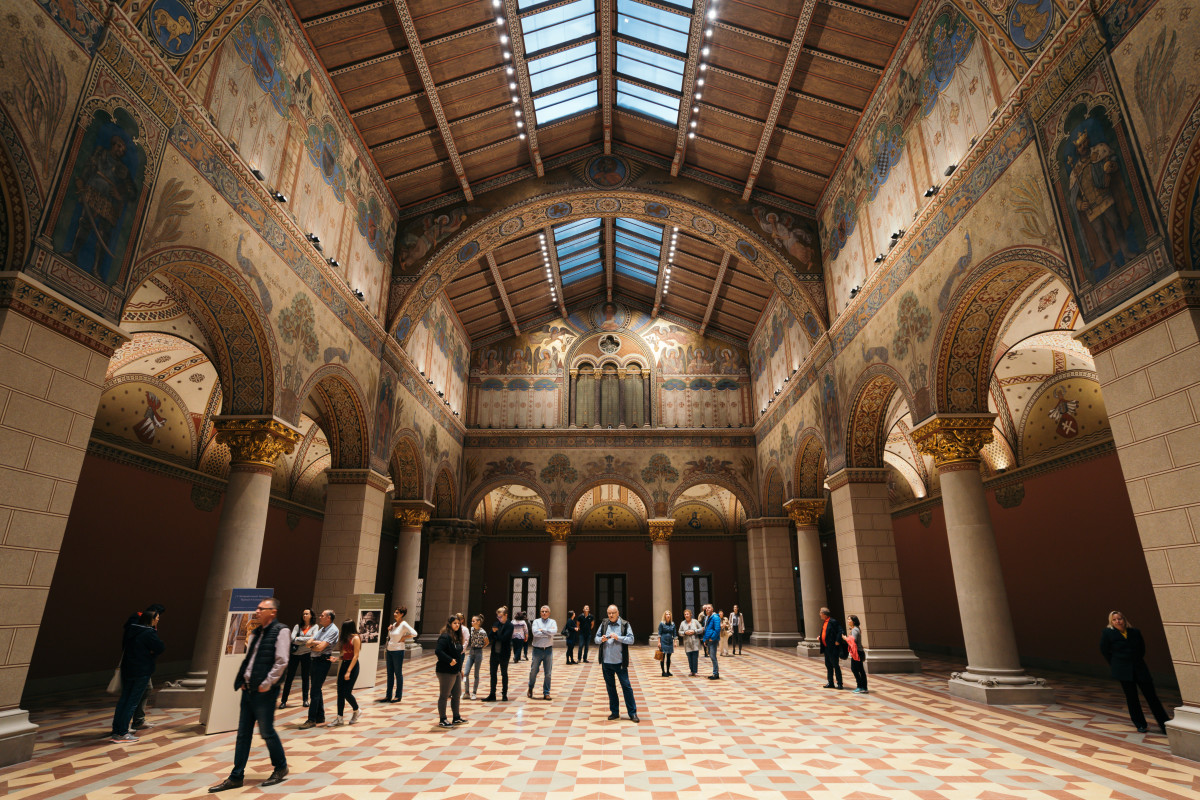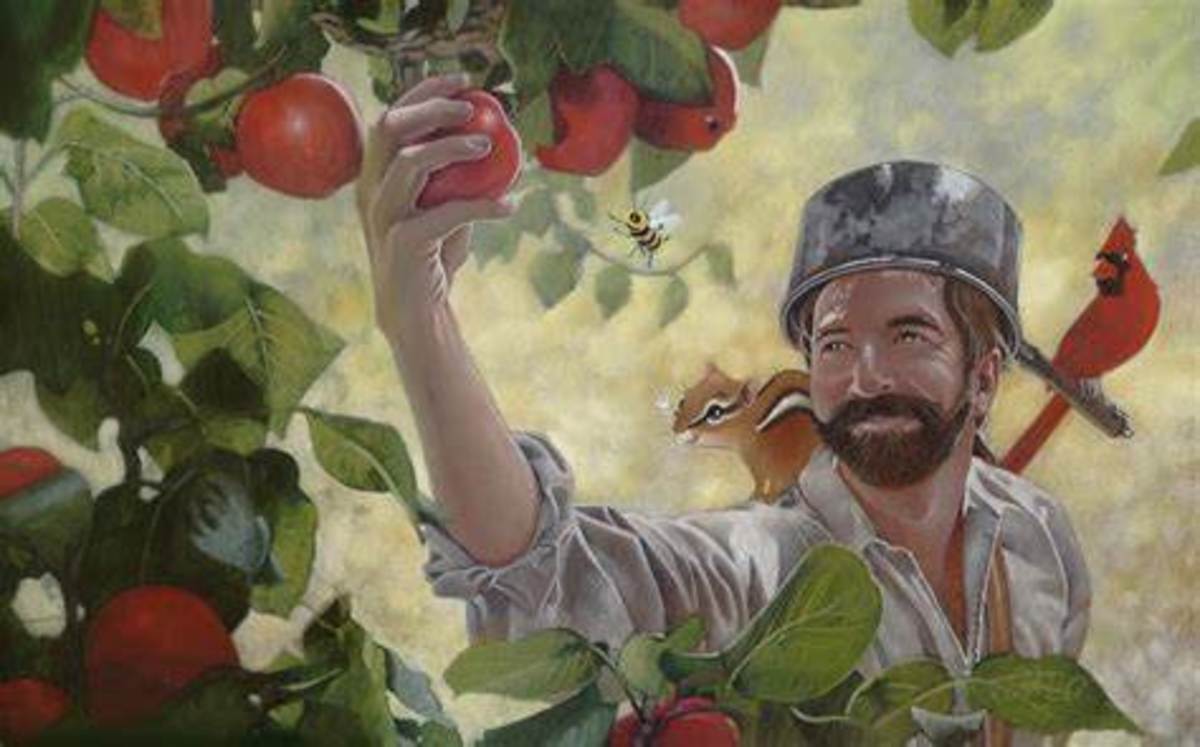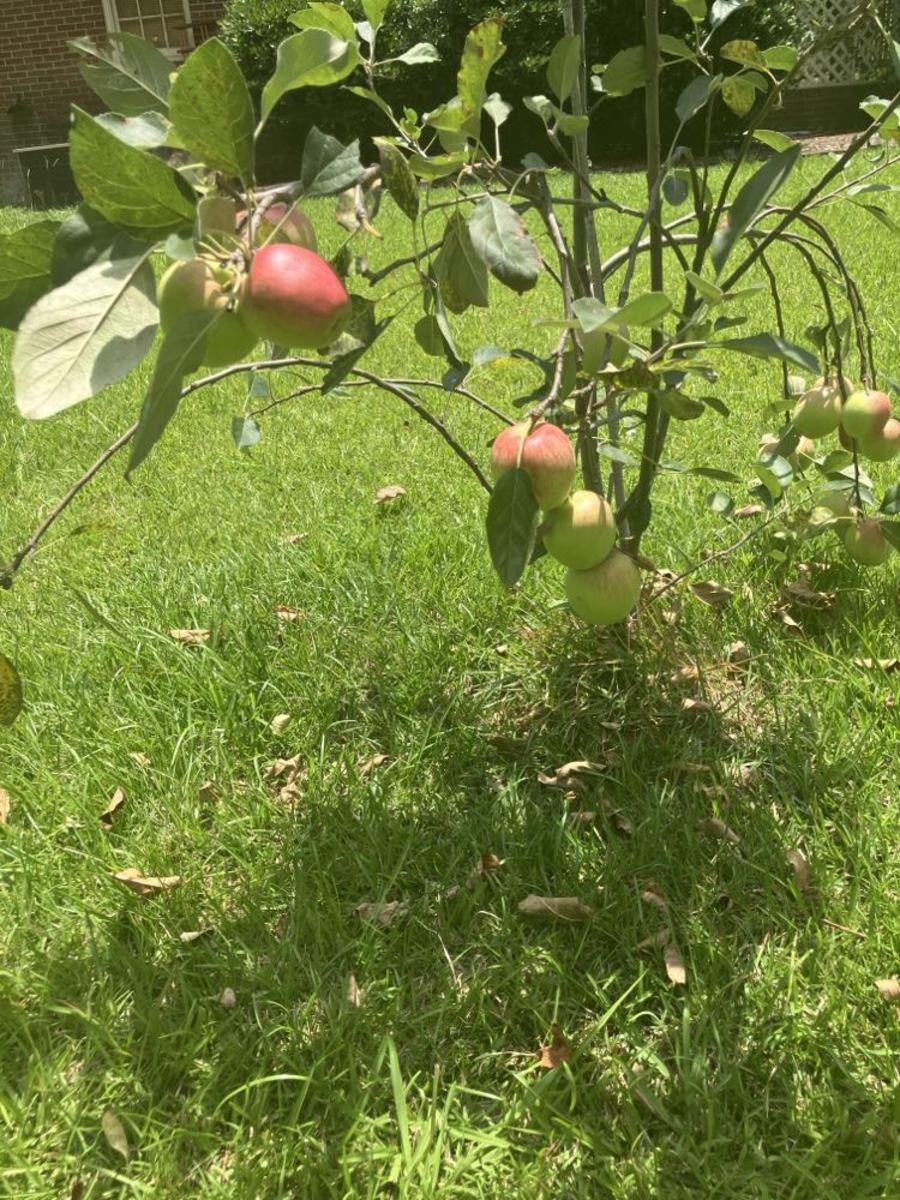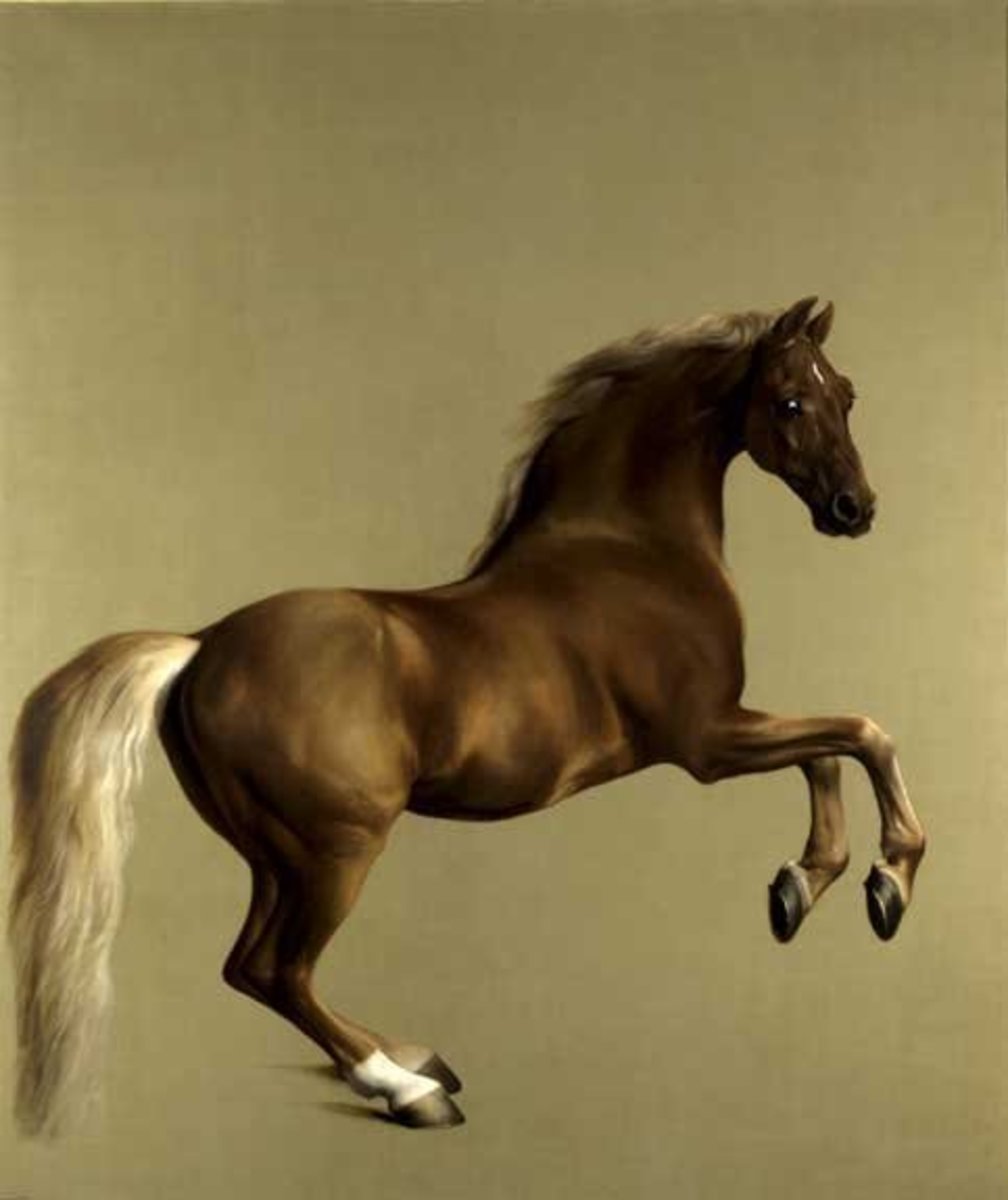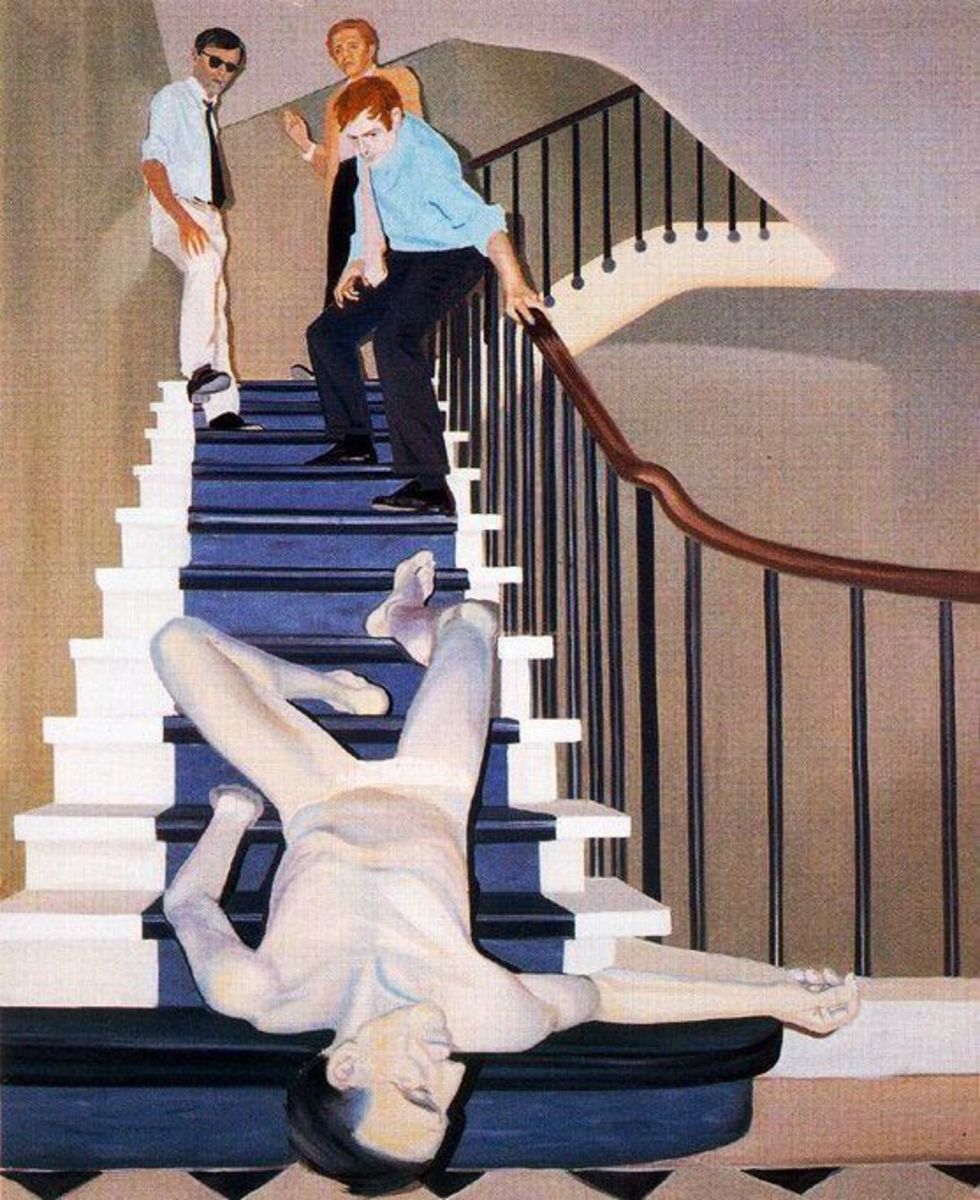Rooted in Hope: The Living Art of 'The Man Who Planted Trees
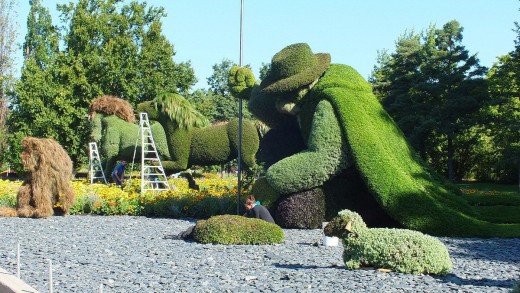
Introduction
In the heart of Montreal’s Botanical Garden, a vision blossomed—one stitched together not only by flowers and foliage but by meaning, memory, and environmental mindfulness. The 2013 Mosaiculture International Exhibition, themed “Land of Hope,” was more than a display of horticultural talent—it was a celebration of life, resilience, and the beauty of our natural world. Among the dozens of awe-inspiring living sculptures, one masterpiece stood out and etched itself into the hearts of its viewers: “The Man Who Planted Trees.”
A Living Dream at Montreal’s Mosaiculture Exhibition
Each year, Montreal hosts one of its most unique and beloved cultural events—an international horticultural art competition that transforms the Botanical Garden into a gallery of green. In 2013, the event took on deeper meaning with its “Land of Hope” theme, inviting artists to reflect on the urgent need to preserve life on Earth.
The sculptures were true marvels—steel and aluminum frames wrapped in mesh, filled with soil, and blanketed in thousands of flowering plants, ivies, and grasses. Though I arrived late in the season, I was still able to witness several pieces in full bloom. One sculpture, however, captured my full attention and admiration: “The Man Who Planted Trees.”
Homemade Play Dough 3D Structure
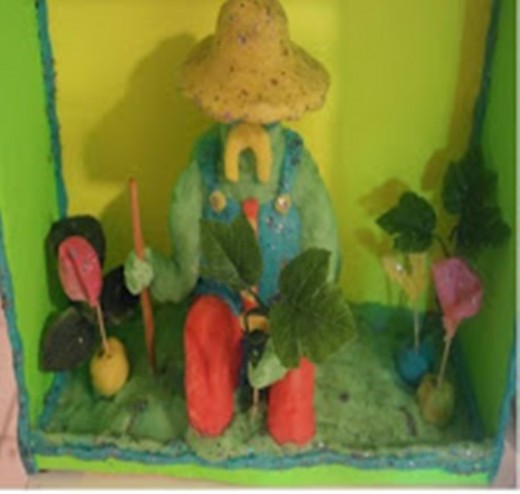
The Living Story of a Quiet Hero
This colossal, living sculpture pays tribute to the fictional shepherd from Jean Giono’s story, who transformed a desolate valley into a lush forest simply by planting trees—quietly, persistently, and with no expectation of reward. This message was powerfully conveyed in the artwork’s expression and design.
I learned from a guide that the sculpture was composed of over 800,000 individual plants, many from the Alternanthera family, known for their vibrant hues of red, yellow, and brown. From its wide-brimmed hat to its flowing beard—made from Stipa tenuissima grasses—every detail was thoughtfully chosen. Cascading silver falls and silver mist plants adorned the vest, adding shimmer and texture.
With a wise and peaceful face, the towering figure seemed to whisper encouragement: “You, too, can nurture change.”
The Artistic Elements: A Masterclass in Living Design
-
The sculpture was more than a botanical achievement—it was a masterpiece built upon the five elements of art:
-
Shape: A dynamic combination of geometric and organic forms. Circular shapes in the hat, triangular contours in the limbs, and fluid curves in the body brought it to life.
-
Color: Rich greens dominated, interwoven with bursts of earthy reds, yellows, and browns, offering visual warmth and harmony.
-
Texture: A tactile feast—the smooth leaves of Alternanthera contrasting with the wispy, feathery grasses in the beard.
-
Line: Defined edges and curving contours helped guide the eye, particularly in the sculpture’s folds and facial details.
-
Space and Mass: As a monumental, three-dimensional figure, the sculpture commanded space, inviting viewers into its world of quiet transformation.
-
Mosaiculture Exhibition 2013 at Montreal Botanical Garden
In the Presence of Living Hope
I stood before “The Man Who Planted Trees” in absolute awe. For nearly half an hour, I examined its textures, absorbed its details, and reflected on its message. Strangers stood beside me, equally silent and captivated. When we finally spoke, we all echoed the same feeling: this sculpture was more than art—it was a symbol of love, perseverance, and environmental responsibility.
There was something unspoken between us—a shared reverence for what this creation represented. It reminded us that with care and commitment, even the most barren places can be revived.
A Masterpiece with a Message
Beyond its striking form and vibrant colors, this sculpture delivered a profound message: hope can take root anywhere. Through their craftsmanship, the artists from Mosaïcultures Internationales de Montréal reminded us that nature is not just something we admire—it’s something we protect, nurture, and rebuild.
Their tribute to the humble tree planter is a call to action. It urges us to plant—not just seeds, but ideas, compassion, and the will to make a difference.
Conclusion
“The Man Who Planted Trees” was more than a sculpture—it was a living legacy. It reminded me that beauty and change begin with a single act, a single intention. As I walked away from the Botanical Garden that day, I carried more than memories—I carried a message rooted in hope: that even the smallest hands, guided by patience and love, can change the world.
© 2018 Maribel

